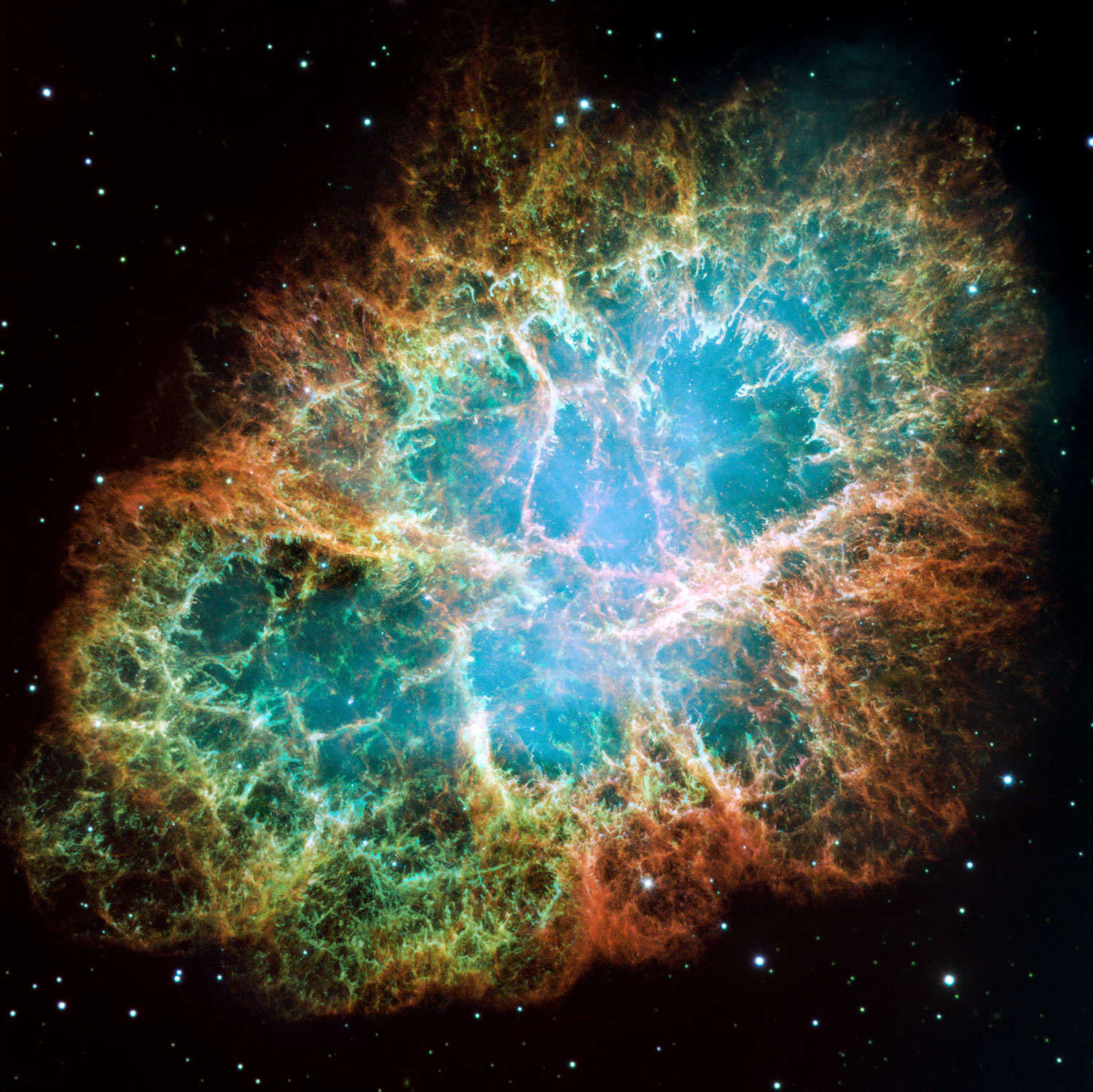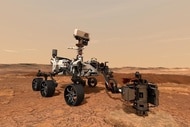Create a free profile to get unlimited access to exclusive videos, sweepstakes, and more!
Strange supernova could finally be exposing an ancient unsolved mystery

In the year 1054, there was an explosion in the sky so bright that it was visible for almost two weeks in broad daylight and two years after dark. So what caused this sudden phenomenon?
It was probably a rare type of supernova known as an electron-capture supernova. These supernovas, almost thought not to exist, fall right between the extremes of thermonuclear and iron core-collapse supernovas. They are neither the remnants of ghost stars dying again or huge, hot young stars that life fast and die hard. An international team of scientists led by Las Cumbres Observatory now have more convincing evidence than ever of their existence.
That, and the hints that they were looking at a different beast altogether when observing supernova SN 2018zd match descriptions from almost a thousand years ago. The burst of light our ancestors saw was not the same supernova whose remnants became the Crab Nebula, but it was the same type.
Researcher Daichi Hiramatsu of the University of California, Santa Barbara (UCSB) and Las Cumbres Observatory, is one of the core members of the Global Supernova Project, a group of international scientists who observe supernovas with telescopes all over the planet. It was in working with this team that Daichi realized what was going on with supernova SN 2018zd. He recently led a study recently published in Nature Astronomy.
“I think the first weird thing that I realized was the peculiar ultraviolet evolution of SN 2018zd observed by the Swift satellite,” Hiramatsu told SYFY WIRE. “Usually, core-collapse supernovae become redder after the explosion as they expand and cool down. SN 2018zd became bluer right after the explosion and then became redder, making it stand out.”
Supernovas usually fall under one of two types. Thermonuclear or Type Ia supernovas occur when a white dwarf star in a binary star system, the undead core of what was once a much larger star, gains more and more star stuff until it finally expires. These supernovas are cosmic zombies reanimating only to die again. Iron core-collapse supernovas happen when enormous stars that are at least ten solar masses exhaust all their hydrogen after turning into helium through nuclear fusion. Their iron cores then collapse into themselves and form black holes. These supernovas are more like space Godzillas that stomp and roar until they are finally taken down.
Electron-capture supernovas are neither of these, but share some characteristics of both. They are thought to be the corpses of super asymptotic giant branch or super-AGB stars. Such stars have enough mass and strength for nuclear fusion to create a core of (mostly) oxygen and carbon, with some neon and magnesium, but stop there because they are not nearly large enough to fuse their cores into iron, unlike the stars that morph into black holes after going supernova.
These supernovas result from electrons in the atoms core elements being crushed into the nuclei of those atoms, causing the star to collapse under its own weight. They are too heavy for their core to stay intact, but too light to stay alive much longer.
“Electron-capture supernovas are intrinsically rare, as we estimated their rate to be only a small percentage of all core-collapse supernovae,” Hiramatsu said. “Also, the explosion energy of electron-capture supernovae is lower than that of typical core-collapse supernovae, so they could be fainter and harder to see. Finally, it requires extensive observations to identify electron-capture supernovae that meet the six criteria required.”
Observations of SN 2018ze have shown evidence of a super-AGB progenitor star, significant mass loss when that star was still alive, a weak explosion, a neutron-packed core, a strange abundance of chemicals, low kinetic energy, and not much radioactivity. What is it that makes electron-capture supernovas them so elusive? Hiramatsu believes there is a trifecta of reasons that they have been so notoriously difficult to find and observe.
Whatever formed the Crab Nebula meets most of those criteria. Nobody who saw it back then really knew what it was except for a flash of light in the Milky Way that visibly lingered, especially at night. While the Crab Nebula was previously suspected of being an electron-capture supernova remnant, there were still uncertainties because it happened so long ago. However, Hiramatsu believes weird chemicals, low kinetic energy and ejecta mass, and ejecta shrouded by dense gas have revealed that it is more than likely all that remains of an electron-capture supernova.
“SN 2018zd showed similar characteristics in our observations of the progenitor and supernova,” he said, “so we're hoping that we can bridge our understanding of electron-capture supernovae from early explosion (SN 2018zd) to late nebula (the Crab Nebula).”
There might have been many misconceptions about the universe in the ancient world, but sometimes, the ancients were right on.



























